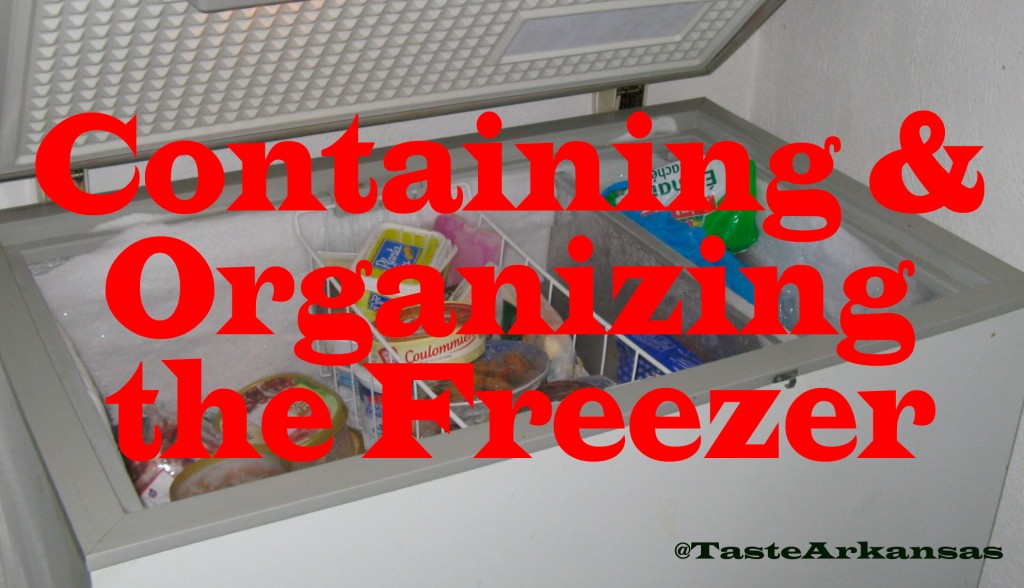
Growing up, freezing and canning fruits and vegetables occupied most of our family’s time during summer and fall. We relied on the bounty from our gardens to fill most of our menus during the remainder of the year. It was a way of life typical to practically every household around us.
Outside of jams, jellies and tomatoes, I seldom can anything now. Instead, I preserve most foods in the freezer. If you consider food flavor, texture, color and nutrients in addition to flexibility and time saved, freezing is the way to go.
Generally, the vegetables most suited for freezing require cooking before serving. These include asparagus, peas, beans, Brussels sprouts, carrots, squash, corn, greens, cauliflower and broccoli. Vegetables typically eaten raw, such as cucumbers, lettuces and radishes, don’t freeze well. Some would also add celery, peppers and onions to that list, but flash freezing those in a mixture for use in soups, stews, chilies, and my chicken and dressing works well. It saves tons of time. Almost all fruits, especially berries, freeze well.
Keeping the following points in mind helps assure minimum vitamin loss and the best quality.
- Process vegetables and fruits soon after harvesting. Refrigerate them no longer than 24 hours before preparing.
- For maximum nutrient retention, steam your vegetables rather than blanching them in boiling water. Cool and freeze quickly after blanching or steaming so oxidation doesn’t cause nutrient loss.
- First in, first out. Most fruits and vegetables are good for 8 to 12 months after freezing. Keep a good inventory and use the oldest first to avoid loss of taste and waste.
- If thawing is necessary do so in the refrigerator where less cellular breakdown will occur rather than on the countertop. Typically, I cook most vegetables and fruits from their frozen state.
Containers for freezing
Containers that exclude air prevent contamination and loss of moisture and are best for freezer use. However, don’t reuse plastic containers leftover from previous products, such as sour cream, yogurt, etc. These containers are usually thin walled, and will compromise the quality of your frozen goods.
Canning jars work, but don’t overfill them. Allow space at the top for expansion. Wide-mouthed, straight sided jars are usually best. I use jars for freezing broth, sauces and other liquids.
Plastic freezer containers are popular. However, they require more room than freezer bags. My grandmothers saved milk cartons to use as freezer containers. I don’t. Possible contamination threats are a problem, and they take too much room to store.
Whatever container you choose, mark the contents and the date before placing it in the freezer. If freezing different varieties, note it on the label, too. For prepared dishes (chicken and dressing, lasagna, etc.), I also list the cooking temps and times. Plastic containers and jars may require freezer tape which won’t lose its stickiness like regular tape. Use a special freezer or permanent marker, because it won’t smear or fade.
Now, go get your freezer organized, warm gloves optional.
 Arkansas Women Blogger member and co-administrator Debbie Arnold pontificates and eats at Dining With Debbie. She and her Hubby split their time between Central and Northwest Arkansas. She loves to cook, develop recipes and have play dates with her two perfect grands. Mostly, she has play dates with the Perfect Ones
Arkansas Women Blogger member and co-administrator Debbie Arnold pontificates and eats at Dining With Debbie. She and her Hubby split their time between Central and Northwest Arkansas. She loves to cook, develop recipes and have play dates with her two perfect grands. Mostly, she has play dates with the Perfect Ones
